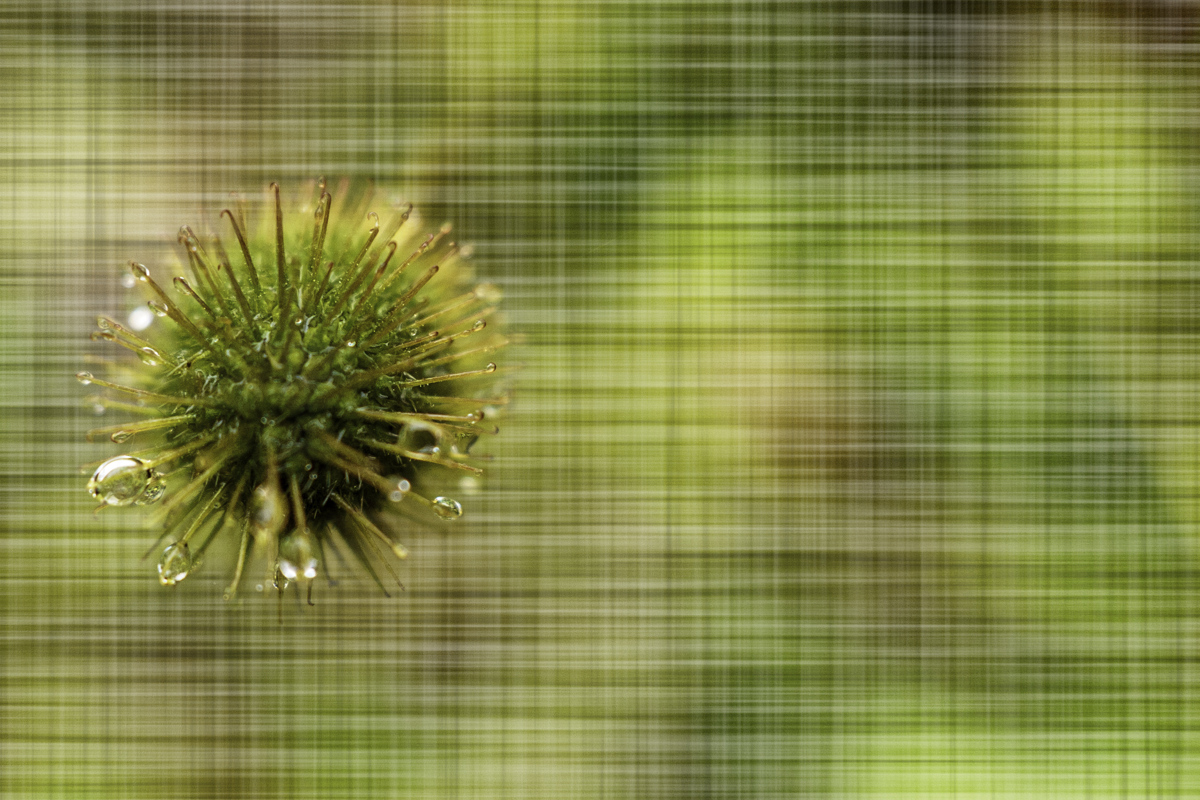Lost in the Nuances
With her Tamron 20mm F/2.8 and 70-180mm F/2.8 lenses, Amy Kennedy creates complex abstracts using an overlay technique that creates a bit of mystery.
Share the article:
More Photo Tips | Video Gallery | Photo Gallery | Enewsletter sign-up
By Jenn Gidman
Images by Amy Kennedy
When she used to commute to the office for her graphic design job, Amy Kennedy would spend any off time she could grab indulging her love of street photography, taking pictures of downtown Seattle. Once the pandemic hit, however, Amy found herself heading out into nature more, strolling around parks, arboretums, and conservatories near her home about 15 miles outside of the city. From these explorations evolved new photographic experimentations, combining elements from nature with a special overlay technique achieved in post-processing.
“Being outside while so much is going on around me helps me center myself,” Amy says. “And taking pictures allows me to decompress from my daily workload and tap into my inner zen. Because I’ve been a graphic designer for most of my adult life, the overlay technique I’m using speaks to me. It lets me merge my images with graphic elements to create an entirely different kind of photo.”
To take photos of the plants, flowers, shells, and other natural elements she positions as her subjects, Amy uses the Tamron 20mm F/2.8 Di III OSD prime lens and the 70-180mm F/2.8 Di III VXD telephoto lens for her Sony mirrorless camera system. “Both of these lenses have become go-tos for me, due to their close-focusing capabilities,” she says. “I don’t have the best eyesight, so when I’m walking around, I tend to hone in on the details. I like to dissect what I’m looking at and get lost in the nuances. Plus, with the 70-180, I can zoom in when I want to get close, but not too close, like when there’s an insect on a flower.”
Amy strives for an abstract yet minimalistic photo that conveys the most emotion, and what helps her achieve that is a technique she likens to a fiber overlay. “I’ll take the photo, crop it to where I think the composition is perfect, then bring it into Photoshop, where I’ll apply a filter I’ve created,” she says. “I’ll mask some of the image out and then focus in on other parts of the image, which lends a bit of mystery to it. Then, again mainly because of my eyesight, I’ll brighten and enhance some of the colors a bit more, using a luminosity mask to zero in on the colors I want to bring out.”
Coming up with this technique was somewhat of a happy accident. “I had a photo that was a little out of focus, and so I was playing around during the editing process and stumbled upon this one fiber overlay that I thought looked really cool,” she says. “I was attracted to the intrigue it offered. At first I was sticking with horizontal lines, then I moved to vertical ones, and eventually I started playing around with cross-hatches, too.”
Read on to see how Amy applied her unique overlay to images taken with her Tamron 20mm and 70-180mm lenses.
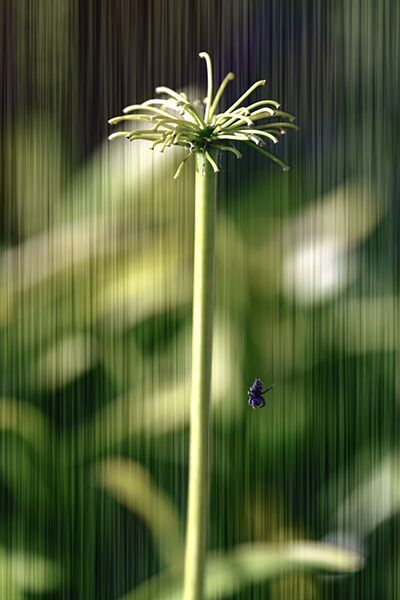
70-180mm (180mm), F/4, 1/250 sec., ISO 1250
Click image to view larger
I was at the University of Washington in one of their nature preserve areas when I saw this flower along one of the paths. I tend to be drawn to unusual plants like this. Then, when I moved in closer to photograph the flower, I noticed the spider rappelling off it. I backed up, then zoomed in using my 70-180 so I could catch it mid-rappel.
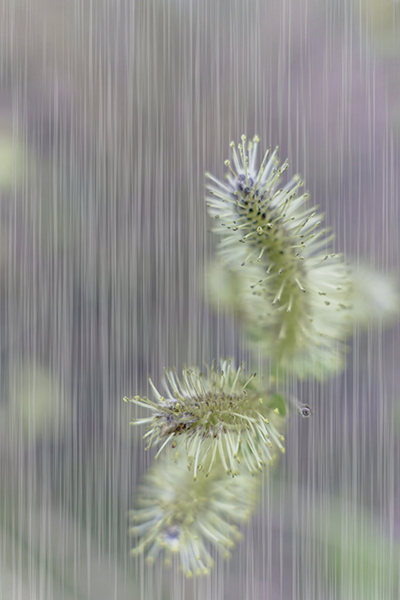
20mm, F/2.8, 1/400 sec., ISO 1250
Click image to view larger
One of the most fun parts of my nature photography is Googling the names of all the plants I take pictures of. It’s a total learning experience! This is a Salix gracilistyla, otherwise known as a Japanese pink pussy willow, which popped up in a creek near my home. I liked the fuzziness of it, and when I started editing the image on the computer, I knew instinctively that this photo would look terrific with one of my fiber overlays. I muted the background, then enhanced my subjects to make them pop out of that background just a little more.
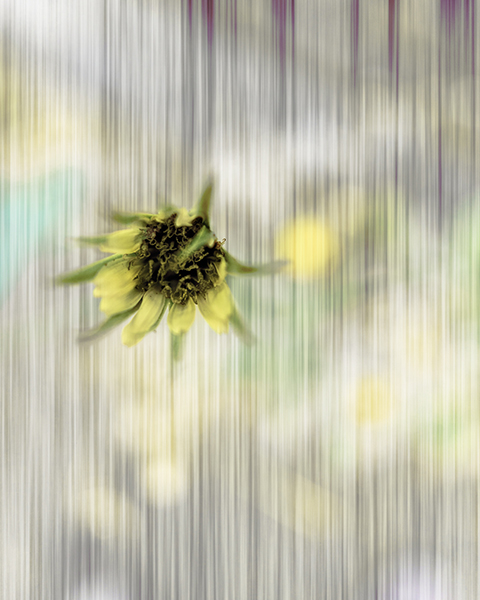
20mm, F/2.8, 1/320 sec., ISO 250
Click image to view larger
The overlay effect I added to this photo of a helianthus—what most people call a sunflower—makes the image look so painterly. Once again, I tweaked the photo so you can somewhat see what’s going on in the background, but not completely. The purplish-pink coloration you see at the top of the frame is a house that was in the background.
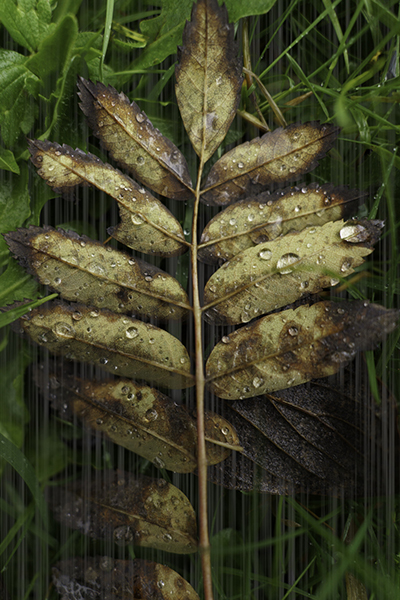
20mm, F/2.8, 1/60 sec., ISO 400
Click image to view larger
Using the 20mm lens, I was able to get super-close to this leaf. I didn't mute the background too much here. I liked the fact that you can see some of the grass and the weeds. This is a good example of when I weave my fiber effect throughout the image. On the left side of the photo, there's some of that effect creeping down into the unfocused part of the leaf; the parts that are in focus don't have that effect as much. It lends that air of mystery I talked about earlier.
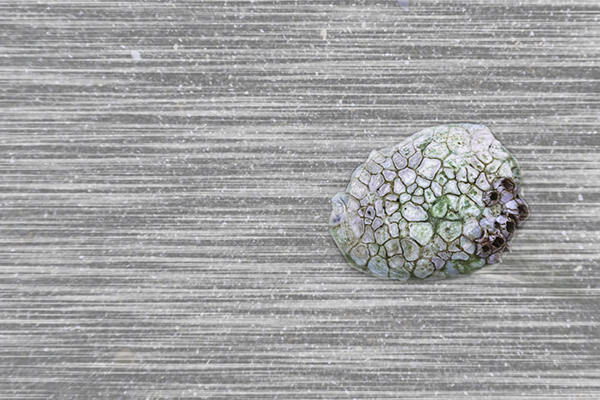
70-180mm (70mm), F/2.8, 1/40 sec., ISO 1250
Click image to view larger
I try not to move anything that I shoot. I prefer my subject to be undisturbed and in its original setting. I found this shell sitting on the beach in Edmonds, Washington, washed up on the shore. I crouched down close to it and took the photo, because I was so pleased with its colors.
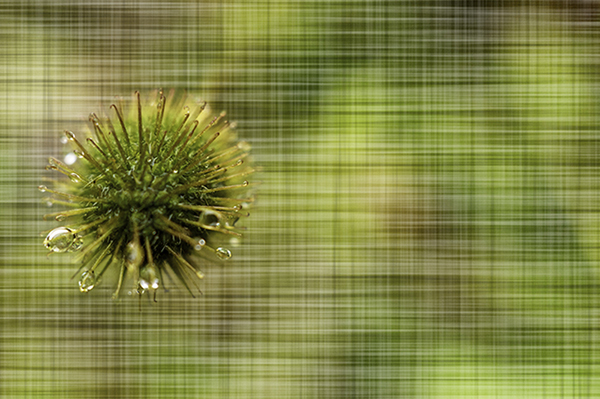
20mm, F/2.8, 1/500 sec., ISO 500
Click image to view larger
I was at Meadowdale Beach Park, which stretches down to Puget Sound. I spotted this tiny spiky plant, with those water drops on its spikes, and knew I had to photograph it. Those are the kind of special elements I look for—something you have to capture before it disappears. Being a graphic designer, and a visual person in general, I’m always cognizant of composition when I’m taking my photos, using guides like the rule of thirds to position my subjects in the most visually appealing way.
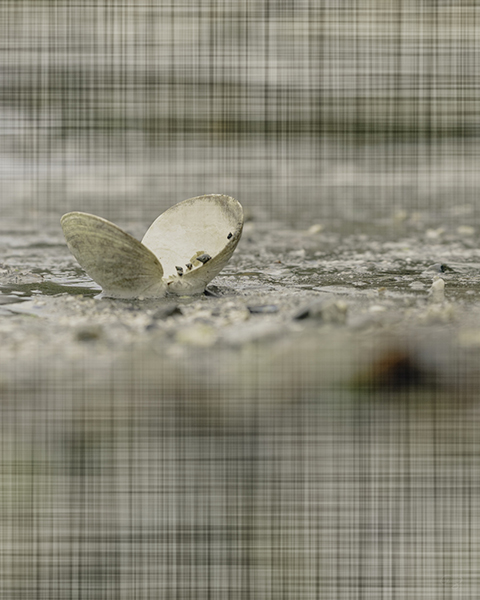
70-180mm (70mm), F/4, 1/125 sec., ISO 500
Click image to view larger
I was walking around one of our local parks and headed down to the beach, where I pulled out the 70-180 to capture some photos of an eagle that was in the area. I left the lens on my camera, since I like getting the compression in the background that this lens is able to achieve. The muted background behind this empty cockle, plus the effects I added, lends a different feel to the photo than if I’d left the overlay off.
To see more of Amy Kennedy’s work, go to https://amykennedy.com/ or check out her Instagram.
More Photo Tips | Watch Videos | Learn More About Tamron Lenses | Photo Gallery
